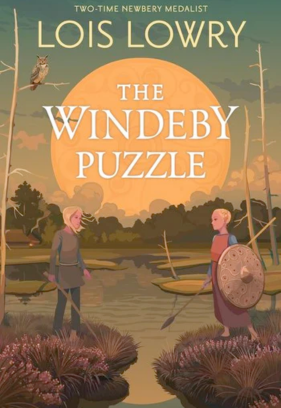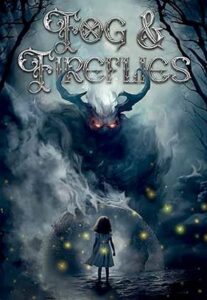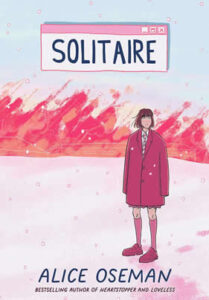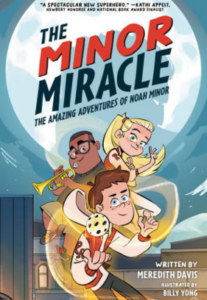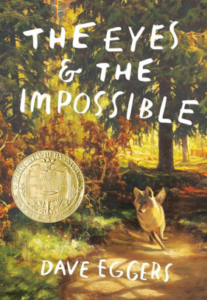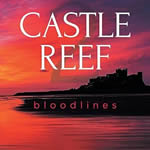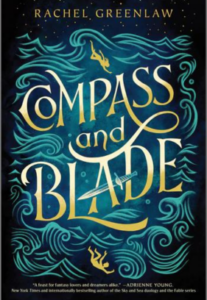Estrild wants to break free from what people expect her to be in this Iron-Age society and show women that there is more to life than children and chores. Varick wants to prove he isn’t as disabled as everyone believes him to be. But to reach those goals, both discover that courage is vital.



